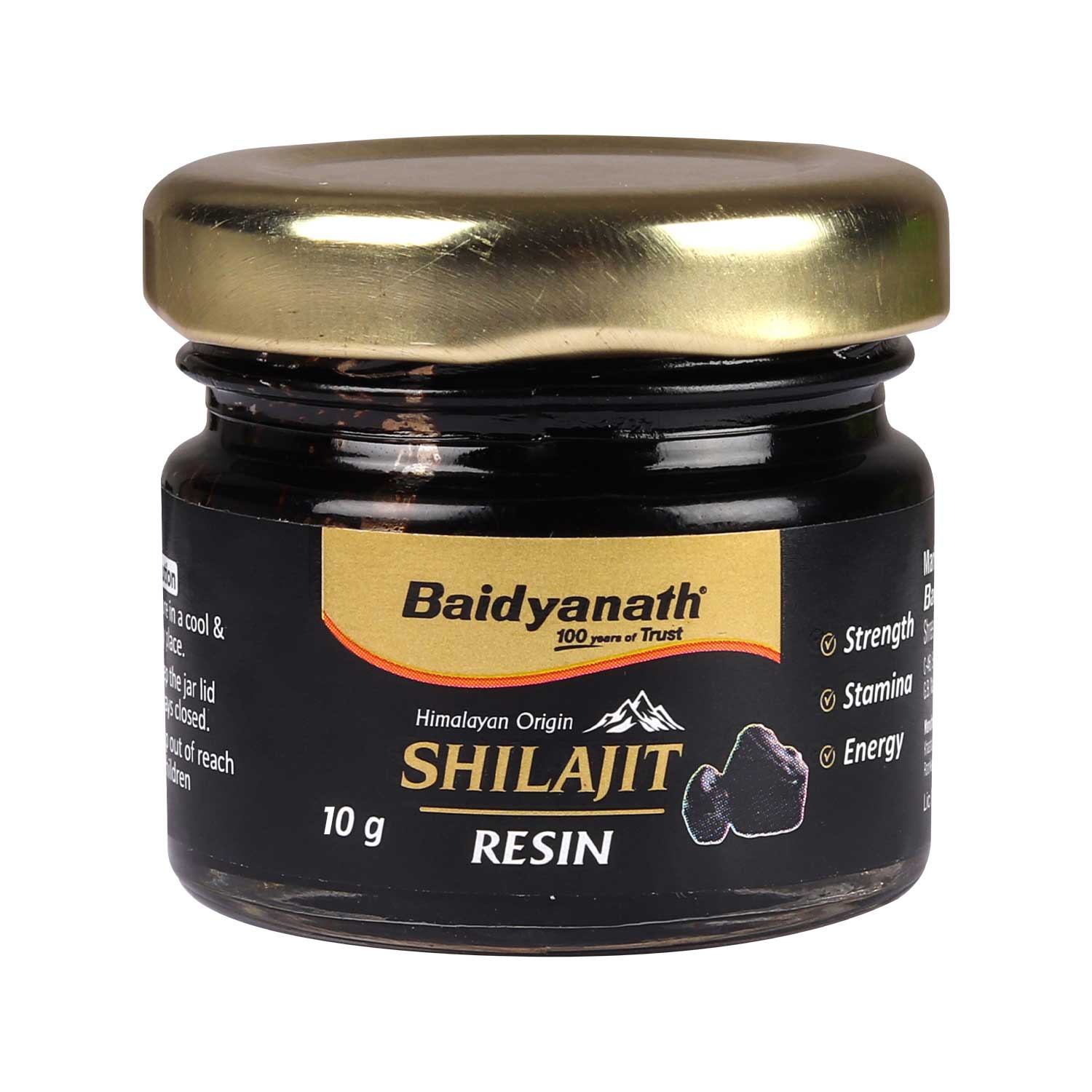Mulethi (Yashtimadhu): A Gentle Classic in the Baidyanath Ayurveda Tradition

There are some things in life that don’t need to announce their presence. They quietly become part of the daily rhythm — steady, familiar, and trusted. Mulethi, or Yashtimadhu, is one of those things.
It’s one of those familiar things you don’t think twice about—you might spot it tucked away in a kitchen drawer, stirred into a cup of warm tea, or handed over in a crinkly paper packet from the local Ayurvedic shop. People notice the soft, sweet taste right away, but what really makes it stick is how naturally it blends into daily life, without needing much fuss.
In many homes — especially those where Ayurveda isn’t a trend, but a way of life — Mulethi isn’t just a remedy. It’s comfortable to use. And when it comes to carrying forward the traditional wisdom, Baidyanath has quietly been doing the work for generations.
A Sweet Root with a Long Memory
Known in Sanskrit as Yashtimadhu, which loosely translates to “sweet stick,” Mulethi has been used in Ayurveda for centuries. It’s part of the background — not flashy or rare, just there to benefit your health. It is traditionally thought of as a nourishing herb — one you can keep coming back to.
In Baidyanath’s approach to Ayurveda, Mulethi is more than an ingredient. It’s one of the classics. It shows up in churna (powder), in compound formulations, and in those brown bottles lined up in generations-old medicine cabinets.
How People Actually Use Mulethi in Everyday Life
Here’s where it gets interesting. Mulethi is used in lots of ways — not because someone read a headline about it online, but because their grandmother did it, or a neighbor suggested it, or it just felt right.
Below are some of the ways people continue to use Mulethi — with intention, with care, and often, with no rush.
1. In Evening Teas or Decoctions
A pinch of Mulethi is added to warm water, maybe with tulsi or dry ginger is helpful. It is a common practice in many homes, especially when the evenings start to feel cooler. Some drink it before bed. Others sip it slowly during a quiet afternoon.
2. Blended with Honey
A bit of churna mixed with honey is one of those age-old home practices that doesn’t need much explanation. People keep it simple, sometimes taking it off the tip of a spoon or with warm water. It’s often a seasonal thing — used more in winter, less in summer.
3. In DIY Skincare
There are households where Mulethi powder is still part of homemade face packs. Mixed with rose water, or sandalwood, or a drop of milk — applied slowly and left to dry. It’s not a spa treatment; it’s just part of a quiet self-care routine.
4. Stirred Into Milk or Ghee
Mulethi sometimes finds its way into warm milk or ghee-based preparations. This is usually done under the guidance of someone experienced — often an elder or a trusted vaidya.
Baidyanath’s Way with Yashtimadhu
What makes Baidyanath’s Yashtimadhu stand out isn’t some fancy packaging or a marketing campaign. It’s the fact that people have been using it for decades — sometimes without even knowing they were choosing a brand.
It’s in the way the churna smells when the lid comes off. The way it mixes smoothly into warm water. The way elders ask for it by name without ever checking a label.
There’s trust here — not because of promises, but because of presence. Baidyanath doesn’t just sell herbs. It continues a rhythm that’s already been playing in homes for a very long time.
Yashtimadhu Churna: A Powder with a Place
For those who use it regularly, Yashtimadhu Churna becomes part of a quiet routine. It’s there when the throat feels scratchy. It’s there on the shelf beside the haldi and ajwain. It’s not about curing or fixing. It’s about comfort, familiarity, and the small feeling of taking care of yourself in a simple, grounded way.
Some use it every day. Others only bring it out during certain seasons. Either way, it stays part of the story — steady and useful without drawing attention to itself.
A Few Thoughts Before You Begin
If someone is new to Mulethi, the best advice is to start small. Try it in tea. Mix a tiny amount into warm water or honey. Notice how it tastes, how it feels. Ayurveda isn’t about rushing or overdoing. It’s about learning what fits — and letting the body guide the pace.
And yes, it’s always a good idea to check with a practitioner, especially if someone has existing health concerns or is taking other herbs or medications. But beyond that, it helps to remember that this isn’t just about the herb. It’s about building a relationship with it over time.
In the End
Mulethi doesn’t need a spotlight. It’s a quiet kind of helpful — the kind that stays in the background and supports from there.
For those who trust Baidyanath, Yashtimadhu is already a familiar presence. For those just discovering it, there’s no need to rush. Just let it become part of your day, naturally.
Sometimes it’s these slower, older habits that turn out to be the ones we keep the longest.
Most Searches : Baidyanath, Sitopaladi Churna, Badam Oil, Triphala Churna, Swarna Bhasma Benefits, Liverol Syrup, Isabgol, Ayurvedic Clinic Near Me, avipattikar churna, swarna bhasma, shankhpushpi.
No comments











0 comments